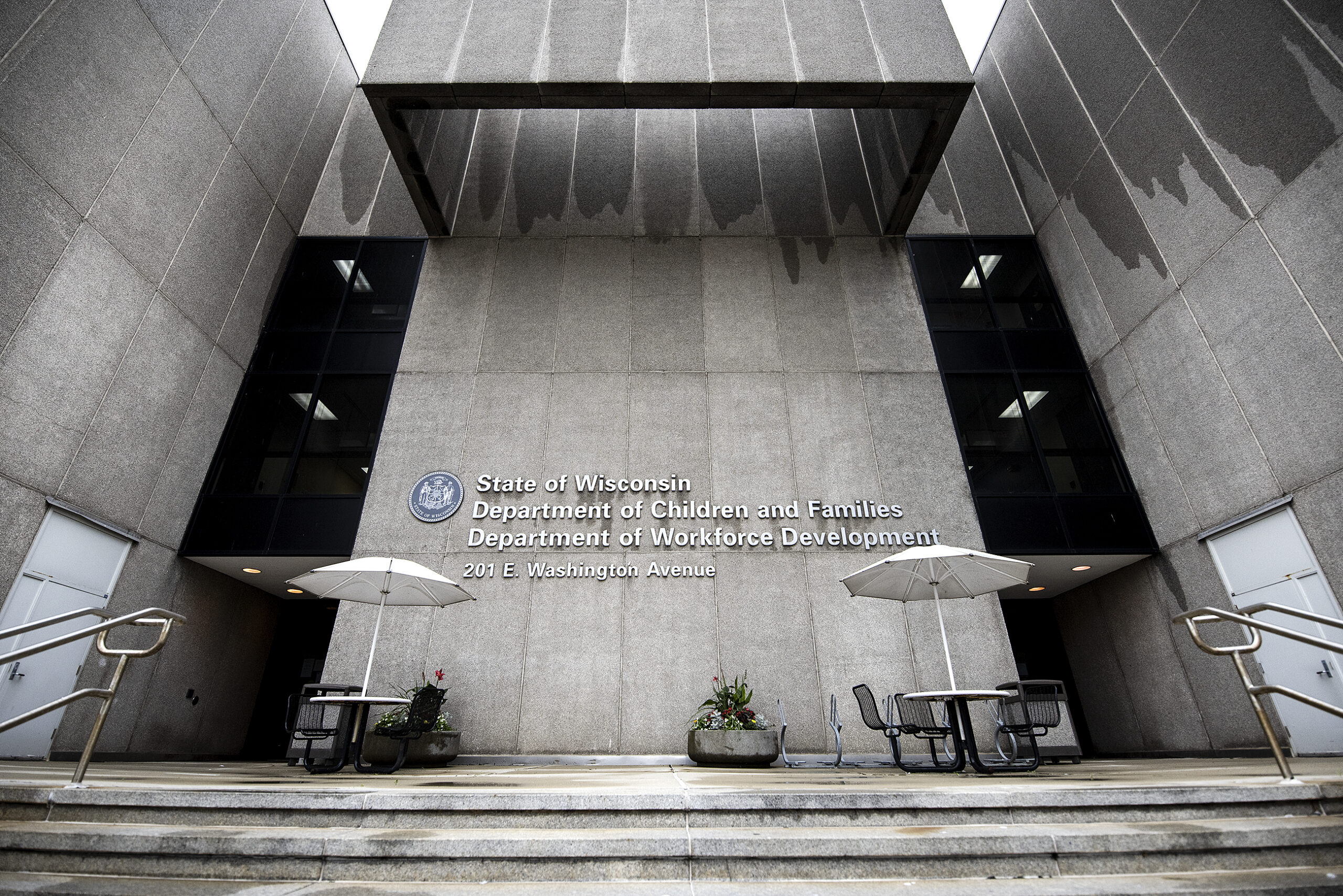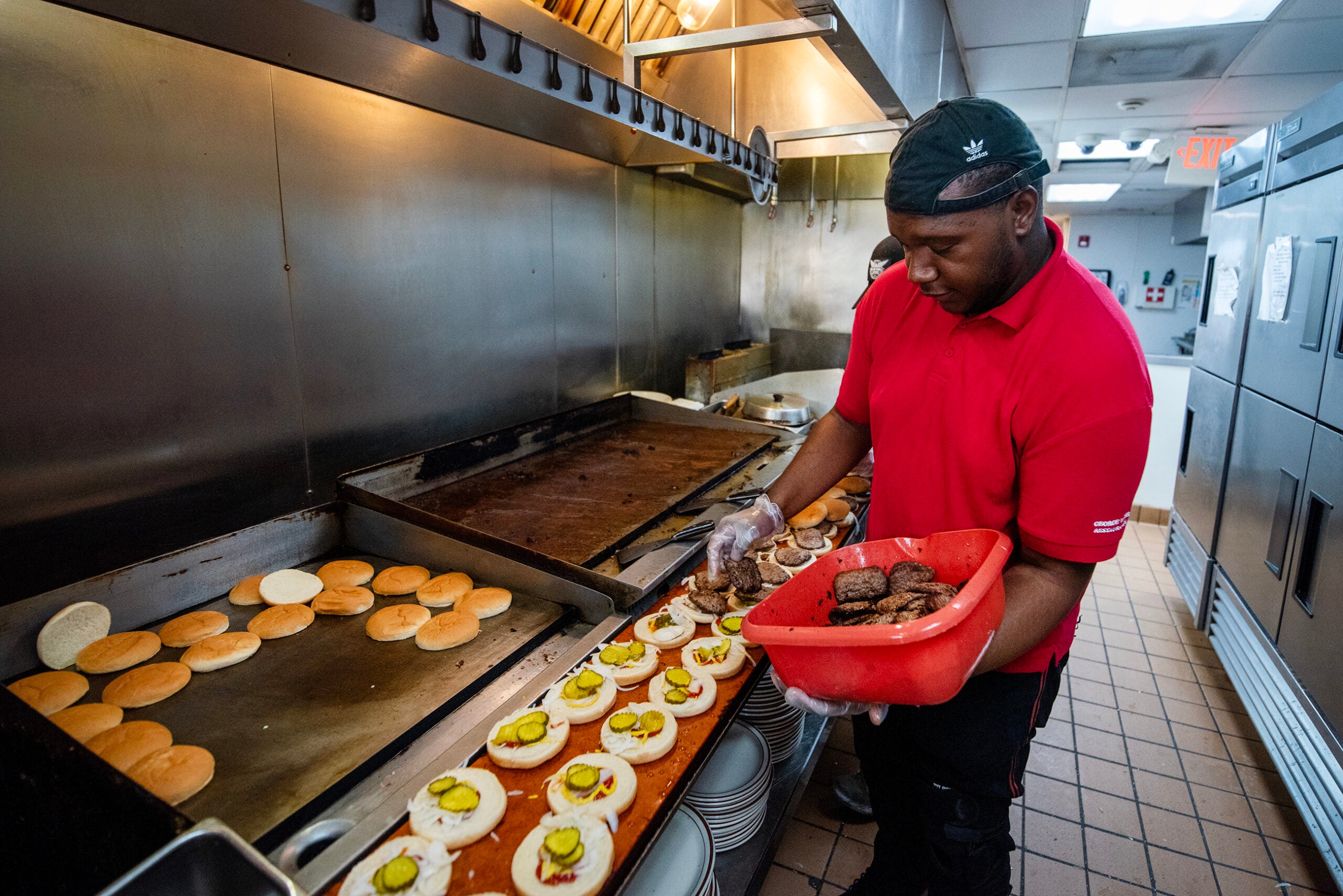For more than a year, Wisconsin’s unemployment rate has stayed near record lows. Since last January, the state’s unemployment rate hasn’t gone above 3.1 percent.
In April, the state’s unemployment rate hit a new record low at 2.4 percent, and U.S. Bureau of Labor Statistics data shows that six Wisconsin metro areas had rates lower than 2 percent that month. The state also hit a new record-high for jobs in April, with 9,600 more jobs than its pre-pandemic peak in January 2020.
That would have been unheard of decades ago. The state’s unemployment rate in the 1980s never went below 4.1 percent, according to the Federal Reserve Bank of St. Louis.
News with a little more humanity
WPR’s “Wisconsin Today” newsletter keeps you connected to the state you love without feeling overwhelmed. No paywall. No agenda. No corporate filter.
“So many of these different cities within Wisconsin (are) below 3 percent — some below 2 percent — and it is a really remarkable sign of the strength of this economy, the strength of our labor markets and really the continued signs for optimism,” said White House Deputy Press Secretary Emilie Simons.
At the same time, Wisconsin had over 150,000 more job openings than it had people receiving unemployment benefits as of January. Experts say the tight labor market has improved the bargaining power of workers to ask for better pay, benefits and more flexible schedules. It’s also created opportunities for some who have previously struggled to find jobs.
Timothy Smeeding, a professor of public affairs and economics at the University of Wisconsin-Madison, told Wisconsin Public Radio’s “Central Time” that the tight labor market has helped low-wage workers the most.
Between 2019 and 2022, the lowest 10 percent of wage earners nationally saw their inflation-adjusted hourly wage grow by 9 percent, according to the Economic Policy Institute. That’s the fastest wage growth for the lowest-wage workers since 1979.
Smeeding said demand for workers exceeding supply is what led to that growth, especially as the pandemic waned and people began going out again. He expects that trend to continue as long as there’s a tight labor market.
“The good news is that there’s a lot of demand for low-skilled workers beyond bars and restaurants now (with) the expansion of infrastructure and construction,” he said.
Menzie Chinn, professor of public affairs and economics at UW-Madison, said that wage gains haven’t been evenly distributed by economic sectors. He noted leisure and hospitality workers have seen the largest wage gains since the pandemic, while wages for workers in all other non-farm sectors have seen slower wage growth.
“As far as we can tell, (leisure and hospitality workers) are beating inflation, at least in terms of the wage rate,” he said. “Now, I don’t know how many hours they’re working, and it’s going to be spotty because not everybody is going to be in a restaurant that saw their wages rise.”
Beyond wages, Laura Dresser, associate director of the COWS economic think tank at UW-Madison, said the tight labor market also gives workers more leverage to negotiate with their employers for more flexible hours or to confront workplace harassment.
“I think there’s a lot of evidence that in this tight labor market, low-wage workers especially have found ways to ask more from work to see their own value,” she said.
The Bay Area Workforce Development Board helps provide job search assistance and retraining for adults and dislocated workers in 11 counties in northeast Wisconsin. Executive Director Vickie Patterson said the tight labor market has made it easier to help individuals find employment, but tougher to help businesses find enough workers.
“People working right now have more opportunities, whether it’s where they’re at or opportunities outside where they’re currently at — and that ability to negotiate has definitely increased for jobseekers,” she said.
She also said the tight labor market has helped more employers see the value in hiring individuals coming out of correctional facilities than they had in the past.
Patterson said the Bay Area Workforce Development Board staffs job centers at Kettle Moraine Correctional Institution and Taycheedah Correctional Institution that help some inmates find job placement before they leave prison.
“If they have a job, they are less likely to reoffend,” she said. “Not that it never happened, but it does greatly improve and decrease the recidivism rate (by) just getting them those jobs.”
Wisconsin Public Radio, © Copyright 2026, Board of Regents of the University of Wisconsin System and Wisconsin Educational Communications Board.



